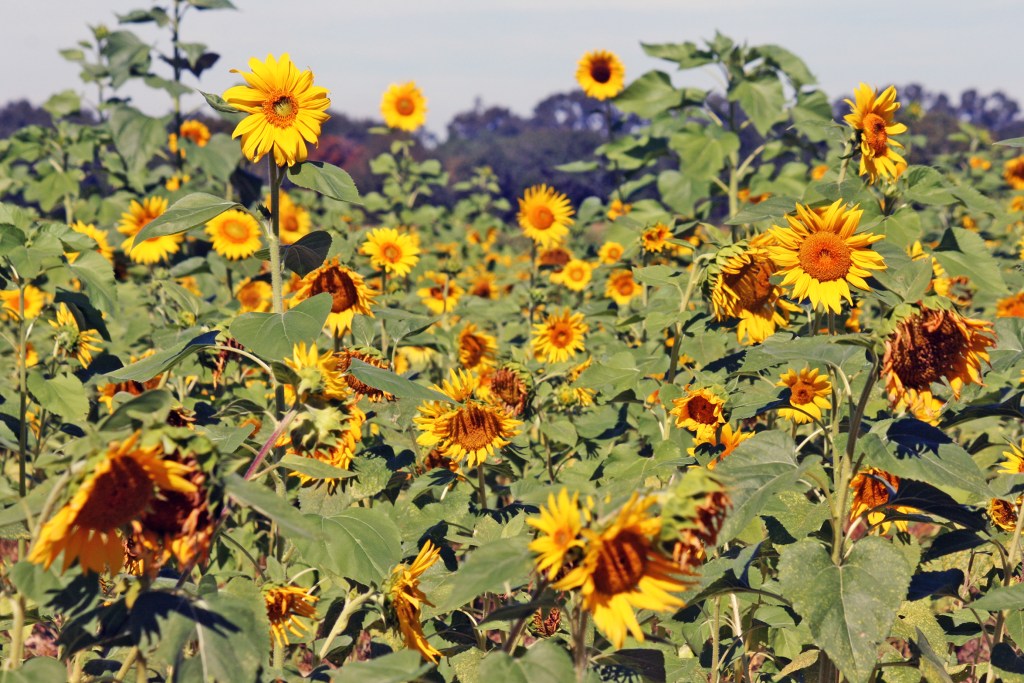THE GARDEN SPOT: The power of the sun
Published 5:15 am Wednesday, August 23, 2017

- They're called sunflowers, but all plants need sun for photosynthesis. Without the sun's energy, we would not have the oxygen we breathe
As I sat in my living room Monday afternoon and watched the coverage of the solar eclipse with my children, I thought, “What an interesting, historical event.”
It was the first total solar eclipse in North America since 1918. It definitely created a lot of interest in the sun and its immense power.
Come to think of it, the sun’s power is on display each and every day of our lives. We owe our existence to the sun and its energy. Without it, we would not have the food we eat, the clothes we wear, the homes we live in and — oh yeah — the oxygen we breathe.
Plants are incredible organisms. They have the unique ability to transform the sun’s energy (solar energy) into food (chemical energy) with the help of CO2 (carbon dioxide) and H2O (water). This wonderful reaction is called photosynthesis.
Photosynthesis, chemically speaking, is known as 6CO2 + 6H2O in the presence of sunlight gives C6H12O6 (glucose) and H2O (water). The glucose or ‘food’ produced is used for growth and development of the plant, while excess is stored in leaves, fruits and root systems for later consumption.
Photosynthesis takes place within the leaves of plants. Inside leaves are plant cells containing structures called chloroplasts, which contain a green pigment called chlorophyll. Who knew that we rely on such tiny structures for our survival on this planet?
Within the chloroplast, chlorophyll traps energy from the sun, using it to split water molecules into hydrogen and oxygen. Carbon dioxide, which enters the plant through small pores in the leaves called stomata or stomates, and hydrogen, which is produced through the splitting of water, are used to create glucose. Byproducts of photosynthesis are water and oxygen.
This, of course, is an elementary description of the process. Photosynthesis actually occurs in two phases — light-dependent reactions and the Calvin Cycle.
Jan Baptista van Helmont, Joseph Priestley, Jan Ingenhousz and Jean Senebier are partially credited with the discovery of photosynthesis. Helmont’s research showed the importance of water in photosynthesis, while Preistly’s research focused on the relationship between plants, oxygen and carbon dioxide. Ingenhousz discovered that during the process, plants release oxygen, and Senebier demonstrated that plants absorb carbon dioxide and release oxygen with the help of sunlight.
Again, this amazing process we owe our existence to is so much more involved and complex, but maybe we will save the rest of this process for the next solar eclipse.
— For information on topics related to the home and garden, contact any office of the Alabama Cooperative Extension System. The Limestone County Office is located at 1109 W. Market St. in Athens. Office hours are 8 a.m.-4:30 p.m. Monday through Friday. For more information, call 256-232-5510 or visit www.aces.edu.



